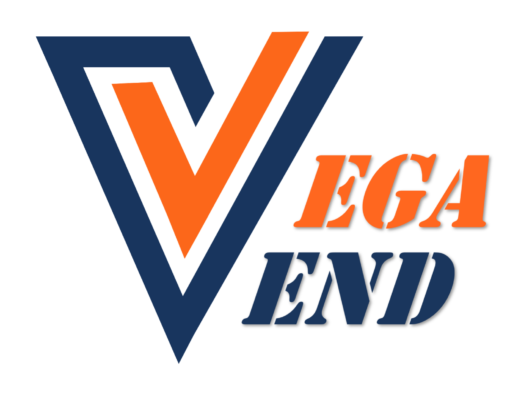No products in the cart.
What is a Chemical Safety & Storage sheet?
A Chemical Safety & Storage sheet is a form created by VegaVend to gather specific information on products that do not contain harmful chemicals and/or substances (e.g. alcohol, isopropanol, acetone, hydroxide, sodium, acid, etc.) or belong to one of exemption categories: cosmetics, medicinal and veterinary medicinal products, medical devices, food and feeding stuff or articles as defined under the Regulation for Classification, Labelling and Packaging of Substances and Mixtures (CLP Regulation EC 1272/2008) or the Registration, Evaluation, Authorisation and Restriction of Chemical substances (REACH) Regulation (EC 1907/2006).
If your product contains chemicals regulated as hazardous (e.g. cleaners, paint products, essential oils), only a Safety Data Sheet will be accepted (see SDS Help page).
When do I provide a Chemicals Safety & Storage sheet?
The REACH and CLP regulations exempt certain hazardous chemical products from the obligation to provide a Safety Data Sheet. Those products are so called Exempted Hazardous Goods.
A Hazardous Chemical Safety & Storage Sheet is required for exempted products, as defined by Article 2 of the REACH Regulation and Article 1 (2) of the CLP Regulation, and include:
- Cosmetics as defined in Directive 76/768/EEC;
- Medicinal products as defined in Regulation (EC) No 726/2004, Directive 2001/83/EC;
- Veterinary Medicinal products as defined in Directive 2001/82/EC;
- Medical devices as defined in Directives 90/385/EEC and 93/42/EEC, which are invasive or used in direct physical contact with the human body, and in Directive 98/79/EC
- Food as defined in Regulation (EC) No 178/2002, Council Directive 89/107/EEC, Council Directive 88/388/EEC;
- Feeding stuff as defined in Regulation (EC) No 178/2002, Regulation (EC) No 1831/2003, Council Directive 82/471/EEC;
- Articles (finished products) as defined in the REACH Regulation itself;
- Products that do not contain any hazardous chemicals as defined in REACH Annex XIV, CLP Part 3.
Important: The fact that an exempted hazardous good does not require the provision of a Safety Data Sheet does not automatically mean that the manufacturer did not issue one. When a product poses any hazardous risk to the user, the manufacturer is required to perform at least a Chemical Risk Assessment (or more detailed ones like Cosmetic Product Safety Report) and provide this information to downstream users. As a result, each participant in the supply chain has the obligation of providing specific hazard information including known hazards, chemical composition, first aid measures and disposal instructions to allow the safe handling and storage of such products.
Important: It is your responsibility to comply with the above regulations, properly identify the products and provide safety information in the required form. This material is for informational purposes only. It is not intended as legal advice. We encourage you to consult your legal counsel if you have questions about the laws and regulations concerning your product.
Exempted hazardous goods definitions and examples:
Cosmetics
Definition
As per Cosmetic Regulation (EC 1223/2009): ‘cosmetic product’ means any substance or mixture intended to be placed in contact with the external parts of the human body (epidermis, hair system, nails, lips and external genital organs) or with the teeth and the mucous membranes of the oral cavity with a view exclusively or mainly to cleaning them, perfuming them, changing their appearance, protecting them, keeping them in good condition or correcting body odours.
Examples of Cosmetic products:
For example: hair care products, hygiene products, make-up products, skin care products, perfumes, deodorants, teeth care products, etc.
Medicinal products
Definition
As per Medicinal Products regulation (2001/83/EC), a Medicinal Product is:
a) Any substance or combination of substances presented as having properties for treating or preventing disease in human beings; or
(b) Any substance or combination of substances which may be used in or administered to human beings either with a view to restoring, correcting or modifying physiological functions by exerting a pharmacological, immunological or metabolic action, or to making a medical diagnosis.
Examples of Medicinal products:
For example: syrups, nasal sprays, injections, fungal sprays, disinfectants and antiseptics, etc.
Veterinary Medicinal products
Definition
As per Veterinary Medicinal products regulation (2001/82/EC), a Veterinary Medicinal product is:
(a) any substance or combination of substances presented as having properties for treating or preventing disease in animals; or
(b) any substance or combination of substances which may be used in or administered to animals with a view either to restoring, correcting or modifying physiological functions by exerting a pharmacological, immunological or metabolic action, or to making a medical diagnosis.
Examples of Veterinary Medicinal products:
For example: veterinary sprays, veterinary drops, veterinary spots-ons, veterinary injections, etc.
Food and Feeding stuff
Definition
As per Food Law regulation (EC 178/2002), a Food product is:
any substance or product, whether processed, partially processed or unprocessed, intended to be, or reasonably expected to be ingested by humans.
‘Food’ includes drink, chewing gum and any substance, including water, intentionally incorporated into the food during its manufacture, preparation or treatment.
As per the same regulation, a Feed or Feeding stuff product is:
any substance or product, including additives, whether processed, partially processed or unprocessed, intended to be used for oral feeding to animals;
Examples of Food and Feeding stuff products:
For example: cooking sprays, food paints, food additives and colourants, animal oils, etc.
Articles
Definition
As per REACH regulation (EC 1907/2006), an Article is: an object which during production is given a special shape, surface or design which determines its function to a greater degree than does its chemical composition.
In order to determine whether or not an object fulfils the definition of an article under REACH, the object’s function and its shape, surface or designed to be assessed. Articles that are assembled or joined together remain articles, as long as they keep a special shape, surface or design, which is more decisive for their function than their chemical composition, 10 or as long as they do not become waste.
It is important to understand that if the product is a combination of an article (functioning as a container or a carrier material) and a substance/mixture, you are obliged to provide necessary safety information and, depending on product assessment results, it might fall into REACH/CLP scope.
Examples of Articles:
Adhesive tapes, marker pens, batteries, cold or hot packs water filters, crayons, liquid thermometers, and so on.
Note: It is your responsibility to comply with the above regulations, properly identify the products and the regulations that concern them as well as provide safety information in the required form. This material is for informational purposes only. It is not intended as legal advice. We encourage you to consult your legal counsel if you have questions about the laws and regulations concerning your product.

